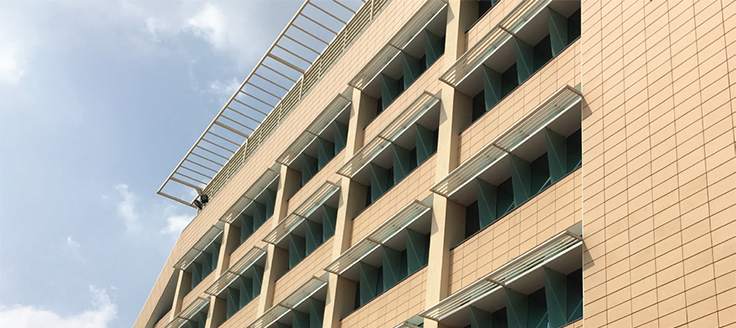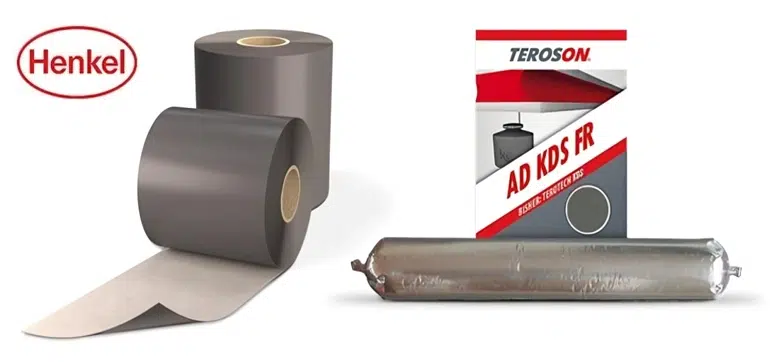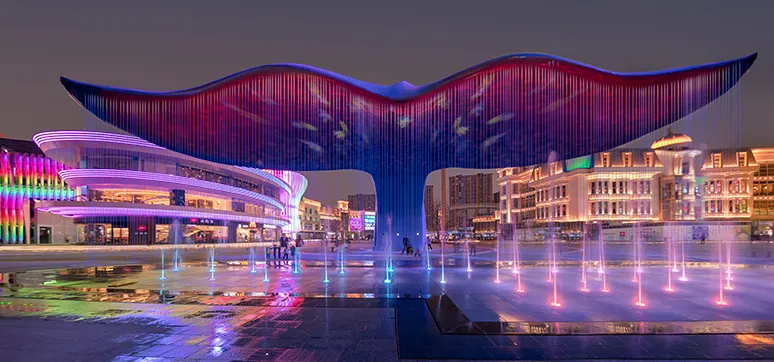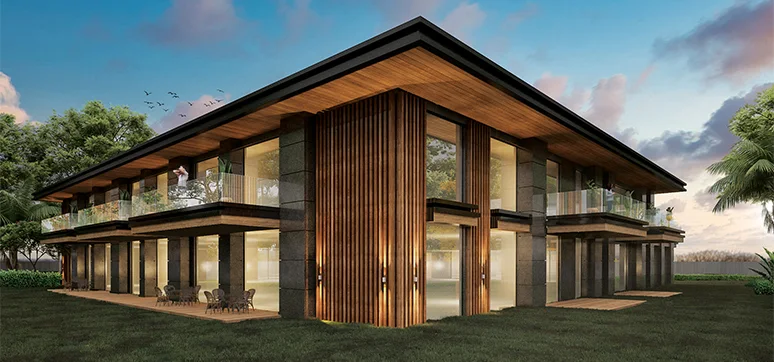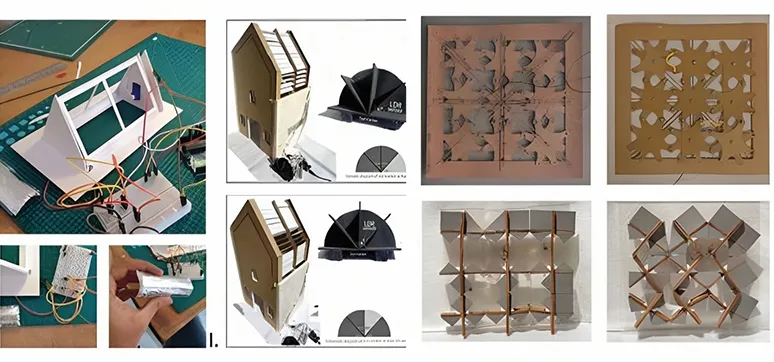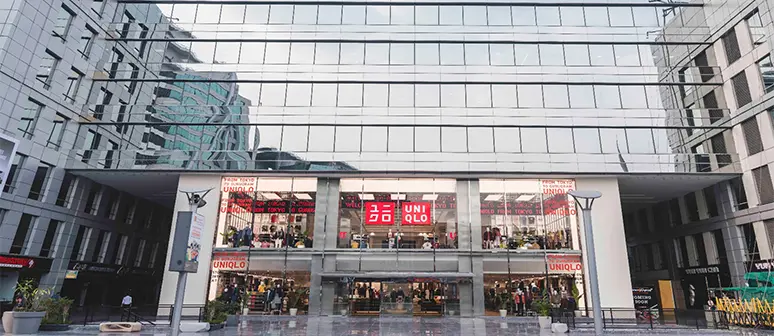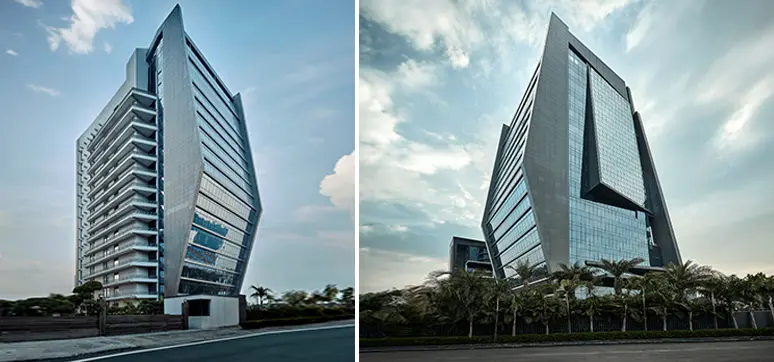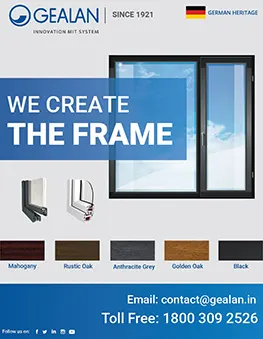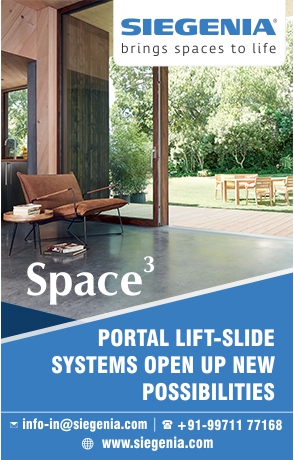Passive Design Considerations in an Energy-Efficient Building
By: Swapnil Joshi, Infosys
Buildings in India were traditionally built with a high thermal mass (brick, stone masonry) and used natural ventilation as their principal ventilation and cooling strategy. However, contemporary office buildings are energy-intensive and increasingly make use of steel, aluminium and glass as primary materials for construction. These resource-intensive materials, their processes and operations require a high level of fossil fuel use.
According to UNEP, approximately 80 to 90 per cent of the energy a building uses during its entire life cycle is consumed for heating, cooling, lighting, and other appliances. The remaining 10 to 20 per cent is consumed during the construction, material manufacturing, and demolition phases (United Nations Environment Programme, 2010). It is therefore imperative to aggressively manage building energy efficiency and include a slew of (ECMs) as important metrics in the integrated whole-building design.
These ECMs have to be planned during the design stage to achieve large, but relatively low cost gains. Research and case studies indicate that the envelope ECMs (wall, window, roof, shading) provide higher savings for buildings over the entire lifecycle, with little or marginal impact on first cost.
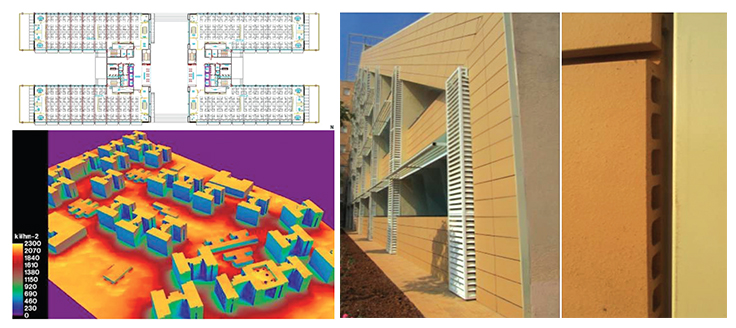
The design process is fairly simple, though it needs a lot of detailing around including best design practices in the overall design. A few of the approaches are outlined below:
- Using simulation techniques to optimise orientation, envelope and building mass: Effects of shading elements (external and self-shading) in order to maximise views and minimise heat gain can be accomplished using simulation techniques. This is an important aspect and gives a clear guideline on the impact of the envelope on the entire building’s energy consumption over its lifecycle. (Fig. 1)
- Decrease envelope heat gain: One of the simplest way to reduce heat gain is to provide for cool roofs and cool paints. Cool roofs reflect heat, and are most effective during the hottest part of the day, the hottest time of year. This coincides with peak energy demand requirements, and therefore help to reduce peak loads. This further helps reduce the sizing requirement for air-conditioning equipment. Cool roofs can save roughly up to seven per cent of air-conditioning loads at the top floor. Due care should be taken to avoid glare and heat reflection onto the neighbouring buildings.
- Provide adequate wall and roof insulation to minimise external heat gain: Maintaining air gaps or using insulation materials are probably the most effective ways to decrease heat gain through the walls. The designs can then be further optimised by provisioning green walls or roofs which act as cool surfaces thereby reducing gain. Shading of windows is also highly recommended. (Fig.2)
- Optimal fenestration and window-to-wall ratio: Fenestration and window-to-wall ratio are probably the largest contributors to reducing the overall building heat gain. The most effective strategies are to maximise the north and south exposures while limiting east-west openings. The wall-to-window ratio should be kept below 30 per cent. Another important aspect is the provisioning of thermal breaks in the framing structure, glazing as they contribute significantly to the overall surface area. The selection of glazing has to be based on a host of design interventions (single or double glazing, visible light transmittance (VLT), SHGC or solar coefficient and U value) that qualify to minimise the heat gain, maximise visibility based on orientation, and optimise cost and performance.
- Maximise daylight autonomy without glare: A shallow floor plate with windows on both side, conforming to the right building orientation is the most effective way of maximising daylight autonomy. Due care however has to be taken to reduce glare. This can be accomplished by providing light shelves that help increase the penetration of daylight in the space, thereby reducing glare. Daylight spread can be accomplished by providing intermittent cabins and conference rooms, low partitions and light colours to maximise impact and evenly spread daylight (Fig. 3a & b).
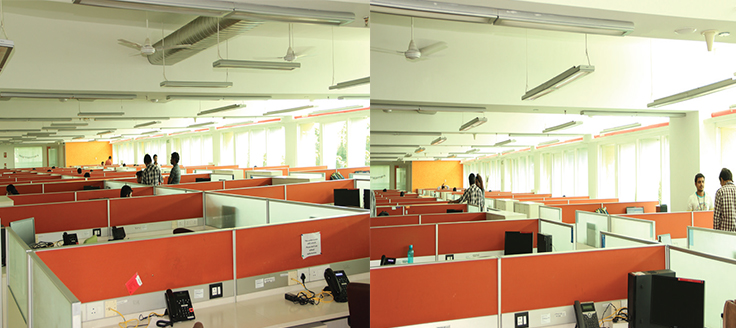
In order for the buildings to perform efficiently during the entire building lifecycle, it is important that the buildings physical systems (envelope, HVAC, plug loads, lighting and other systems) be integrated with building information technologies. This allows for the utilisation of advanced automation and integration techniques to measure (metering), monitor, control, and optimise operations and maintenance. This also helps integrate disparate systems including HVAC equipment, water meters amongst others to give critical insights in equipment performance and system diagnostics. Recommended features for an energy efficient and productive building would have
- At least 70 per cent of office spaces are daylit with access to outside views
- Fresh air supplied into buildings to maintain adequate indoor air quality
- Thermal comfort measured in real-time to ensure that the office spaces are rightly conditioned for the building occupants
- Air quality measured in real-time to ensure adequate levels of indoor air quality in buildings
- Volumetric lighting is practised to ensure highest quality of visual comfort to the building occupants, eliminating strain to the eyes
- Appropriate acoustic treatment done to provide good acoustic comfort to the occupants
Top Stories
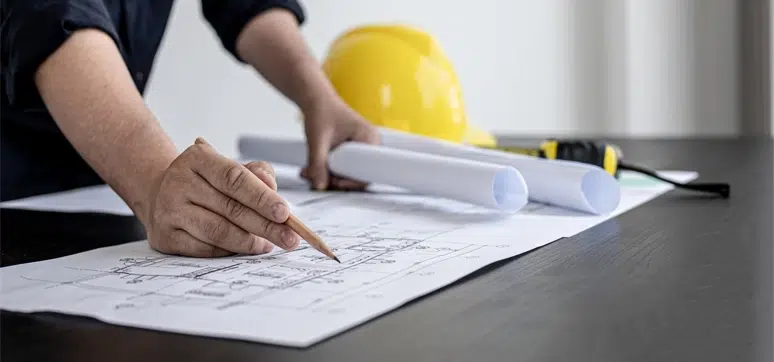
Improving Sustainability Alongside Fire Safety – Can We Deliver?
By: Abdul | April 16, 2024
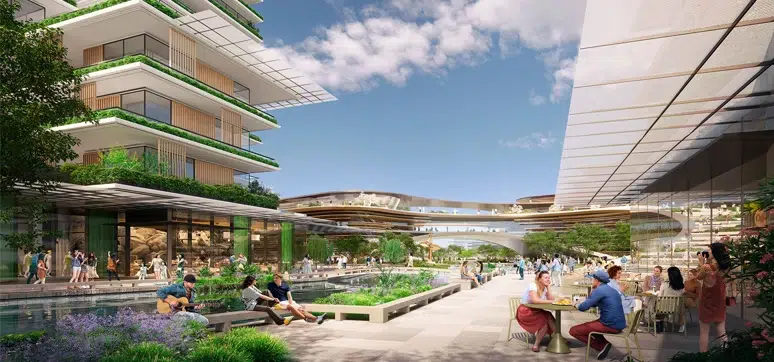
Foster + Partners Wins the Competition the New Xicen Science & Technology Centre
By: Abdul | April 9, 2024
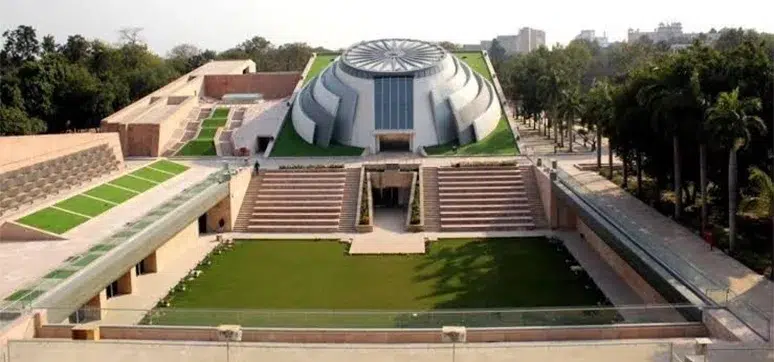
A Symbol of Architectural Brilliance & Cultural Significance
By: Abdul | April 8, 2024
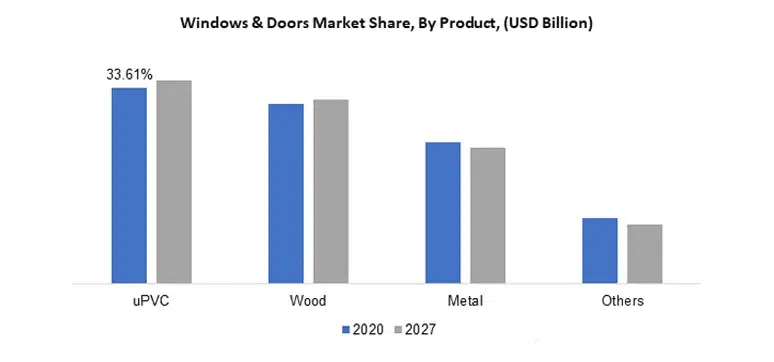
Explosive Growth Ahead: The Rising Demand for uPVC Doors and Windows in India | uPVC Doors and Windows Market in India 2024
By: Abdul | March 20, 2024
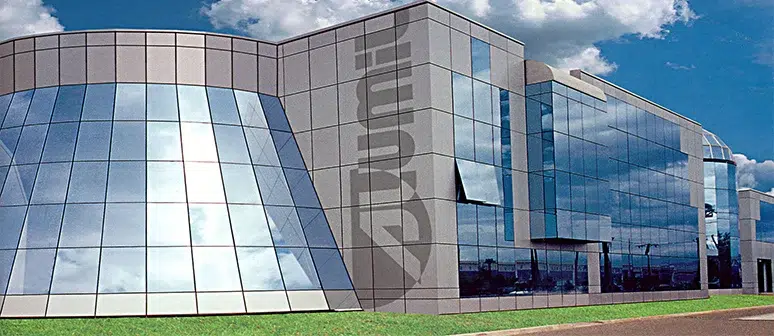
Alumil India is Expanding Across South, West & North Markets
By: Abdul | March 18, 2024

